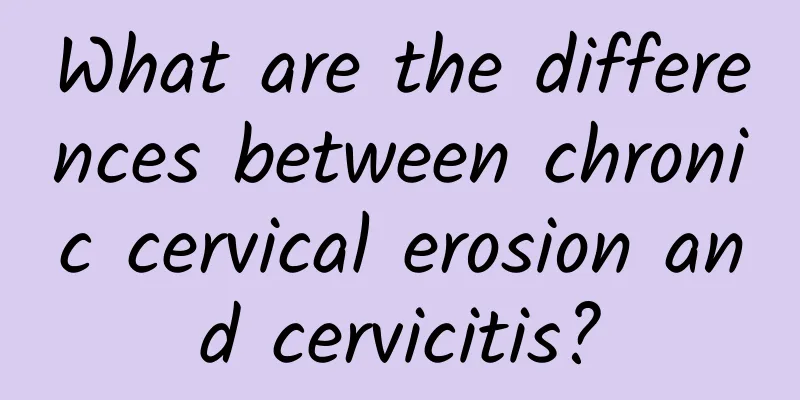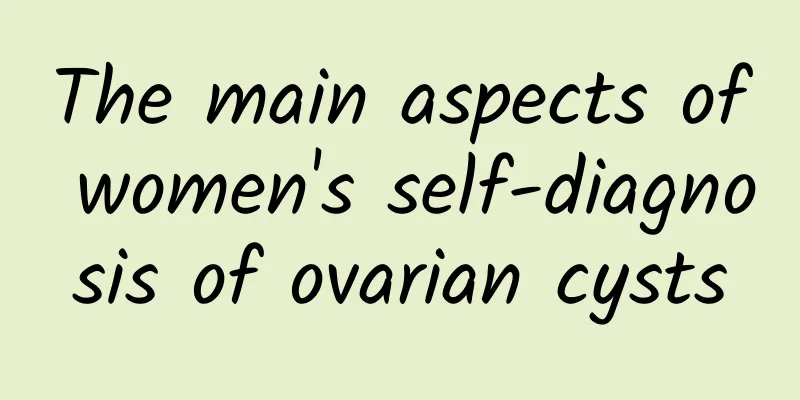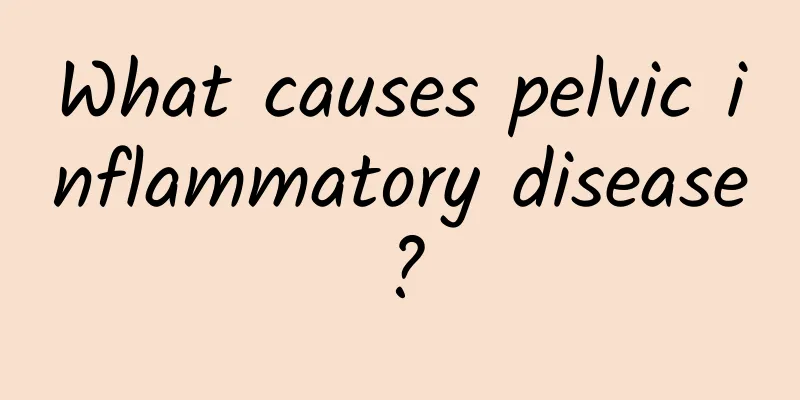What are the differences between chronic cervical erosion and cervicitis?

|
Cervicitis and chronic cervical erosion are both common cervical diseases in women. Many women easily confuse cervicitis and chronic cervical erosion. In fact, cervicitis is not entirely chronic cervical erosion. There are differences between cervicitis and chronic cervical erosion. Although their symptoms are similar, there are still some differences. So, what are the differences between cervicitis and chronic cervical erosion? The following is a detailed introduction. 1. The difference between cervicitis and chronic cervical erosion in terms of symptoms: Cervicitis can be divided into acute and chronic types. The symptoms of acute cervicitis are: increased vaginal discharge, purulent, accompanied by low back pain and lower abdominal discomfort; the symptoms of chronic cervicitis are: excessive vaginal discharge, milky white, mucous or blood in the vaginal discharge, or bleeding during sexual intercourse, accompanied by vulvar itching, lumbosacral pain, and aggravated menstruation. Moreover, if chronic cervicitis is not treated in time, it is likely to cause blockage of the fallopian tubes and cause infertility. Chronic cervical erosion is divided into three types: mild, moderate and severe according to the degree and area of erosion. The symptoms of chronic cervical erosion are generally manifested as: increased leucorrhea, yellow and sticky, or blood in leucorrhea, and a few patients have contact bleeding. Among them, patients with severe chronic cervical erosion are also accompanied by symptoms such as frequent urination and urgency. Inflammatory secretions can stimulate the vulva for a long time and cause vulvar pruritus. In addition, because the cervical lymphatics are directly connected to the paracervical connective tissue, inflammation can spread to the pelvic cavity through the lymphatic circulation, leading to pelvic connective tissue inflammation, lumbar pain, lower abdominal distension and other symptoms. 2. The difference between cervicitis and chronic cervical erosion in terms of treatment methods: Cervicitis is usually an inflammation caused by pathogens, so it is often treated with drugs, either vaginally or orally. Chronic cervical erosion is the result of further deterioration of cervicitis. General drug treatment has little effect, and physical or surgical treatment is generally used clinically. I hope the above situation will be helpful to women. In addition, it is recommended that women take good care of their health in their daily lives and prevent chronic cervical erosion and cervicitis as early as possible. For example, do not have sex during menstruation, pay attention to personal hygiene, and if you suffer from cervical disease, you should seek treatment in time without delay. |
<<: Symptoms of cervicitis erosion
>>: What should be done to check for chronic cervicitis
Recommend
How to relieve premature ovarian failure
The ovaries are important reproductive organs for...
Women with endocrine disorders should be alert to vulvar leukoplakia
Women have been suffering from gynecological dise...
What is the difference between Qing Palace and abortion?
Both uterine curettage and surgical abortion are ...
Is counting calories to lose weight a trap? Nutritionist Zhao Hanying reveals: Top 10 detox products to get an S-shaped curve
If you rely on counting calories to lose weight, ...
What bad habits can cause dysmenorrhea?
Many women suffer from dysmenorrhea. Do you know ...
How to diagnose cervical hypertrophy?
Early diagnosis of cervical hypertrophy is the ke...
Common types of Bartholinitis
Many women don't know much about Bartholiniti...
What are the effects of uterine fibroids on women during pregnancy?
Uterine fibroids are a relatively common gynecolo...
Will abnormal vaginal discharge affect childbirth? Is it normal to reduce vaginal discharge after childbirth?
Will abnormal vaginal discharge affect childbirth...
Cervical erosion is developing at a younger age
Cervical erosion is a major type of chronic cervi...
How long does it take to get pregnant after cervical warts are cured?
For women, gynecological diseases are very annoyi...
Symptoms of uterine fibroids How to treat uterine fibroids
The exact cause of uterine fibroids is still uncl...
What are the treatments for uterine fibroids?
Uterine fibroids are the most common benign tumor...
How to treat leucorrhea that is red and sticky? The cause is quite complicated
If a woman's leucorrhea is red and sticky, th...
What should women eat for cervicitis? 5 dietary treatments suitable for women with cervicitis
Most cases of cervicitis are caused by cervical s...









